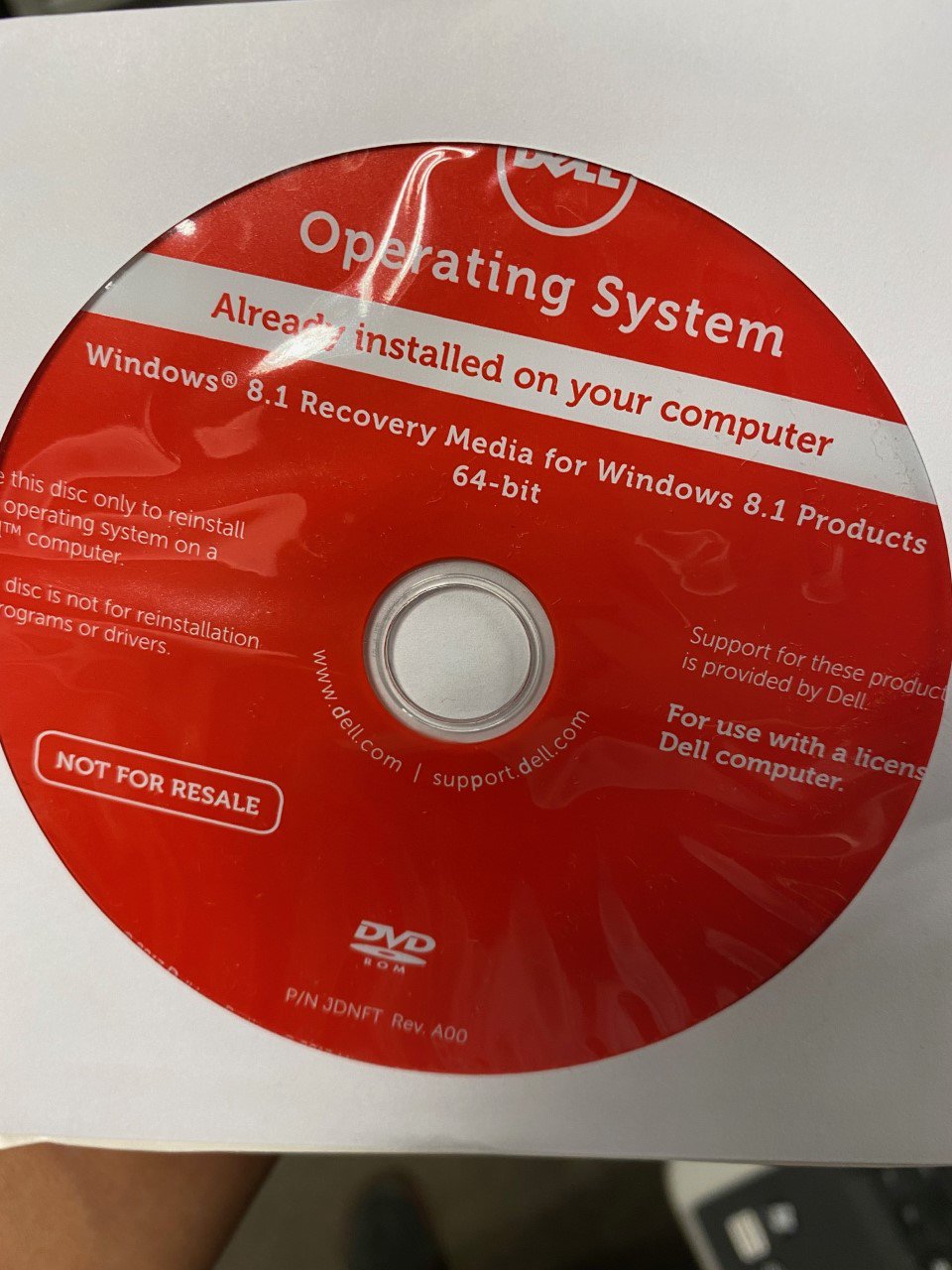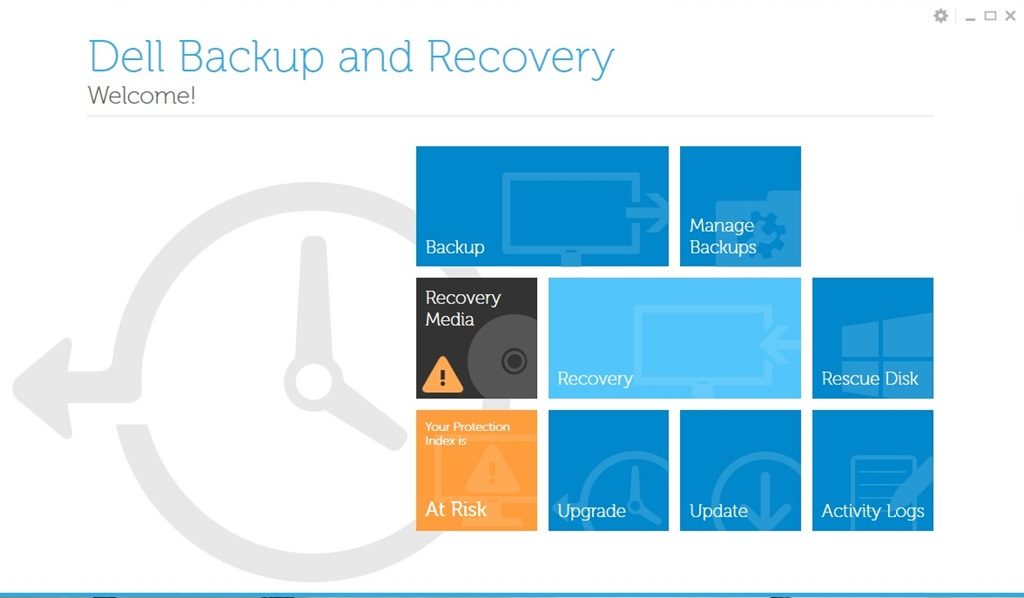

Instead, the best way would be to use Methods 1 or 2. If not, you would still need to press the F8 key, but you will not have a lot of time since Windows 8 loads so much faster. If your motherboard supports the new UEFI firmware, this will happen automatically. Lastly, if Windows 8 detects any boot problem with the system, it will automatically load up Windows RE boot options. Click on Restart now and you’re good to go. Click on Recovery in the left menu and you will see the Advanced startup section at the bottom. If you are using an older version of Windows 8, you might have to click on General instead. Then click on Change PC Settings at the bottom of the settings bar:Īt the bottom go ahead and click on Update and recovery. You can do that by opening the Charms bar and then clicking on Settings. The second way to do it is to go to PC Settings in Windows 8. So if you need to troubleshoot a Windows 8 machine or boot from a secondary device and you can’t log into the system, then you can still restart in Windows RE by clicking on the power button icon at the top of the Start Screen or at the bottom right when not logged in. What’s good about this method is that you can do it from within Windows or you can do it even if no one is logged onto the system. One way to start Windows 8 in Windows Recovery Environment is to simply press SHIFT and then click on Restart. Read my other post on how to boot Windows 10 into system recovery options. It’s worth mentioning that the menu is pretty much the same for Windows 10, but it’s a slightly different procedure for getting there.

In this article, I’ll walk you through the steps and different methods to get into the boot menu.

I know a lot of people who have had problems with Windows 7, but could not figure out how to load startup repair or get into Safe Mode.


 0 kommentar(er)
0 kommentar(er)
